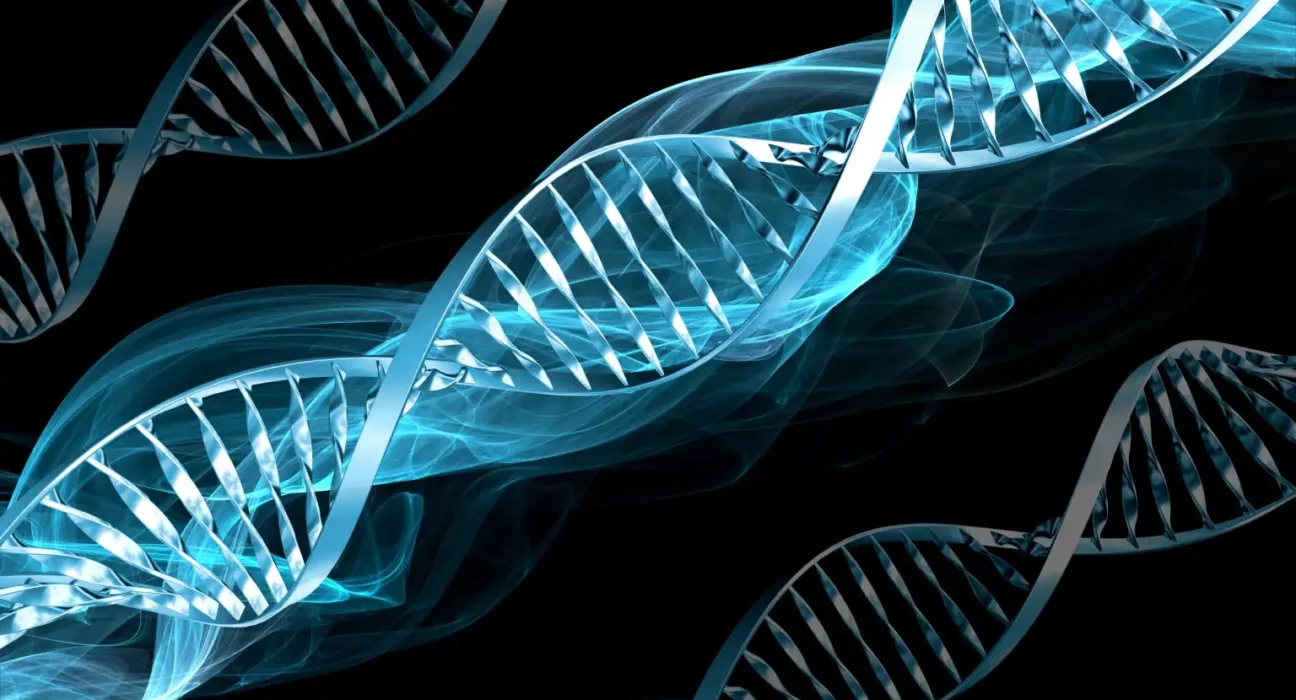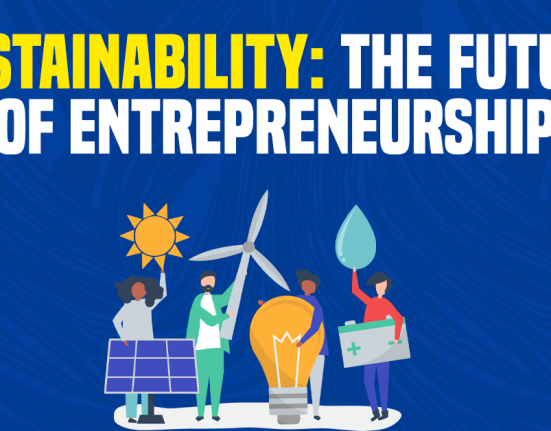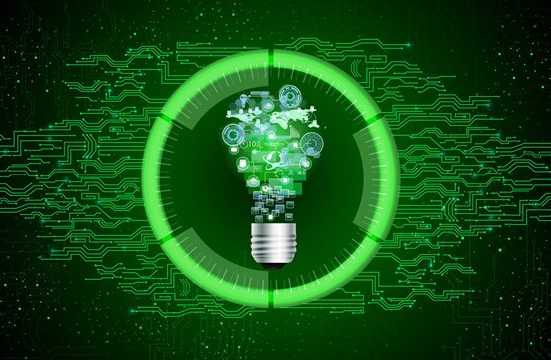Introduction
The world is at a crucial juncture where the need for sustainable energy solutions has never been more pressing. As we grapple with the effects of climate change, the role of innovation in shaping the clean energy sector cannot be overstated. At the heart of this transformation lies the concept of the “Innovator’s DNA,” a set of traits that propel individuals and organizations to create groundbreaking solutions. In this blog post, we’ll explore how the Innovator’s DNA can catalyze advancements in clean energy and drive us towards a more sustainable future.
The Components of Innovator’s DNA
The Innovator’s DNA is a concept introduced by Clayton Christensen, Jeff Dyer, and Hal Gregersen in their book “The Innovator’s DNA: Mastering the Five Skills of Disruptive Innovators.” It identifies five key traits that innovative individuals share:
- Associating: Innovators have a knack for connecting seemingly unrelated ideas, which fuels creative thinking and problem-solving. In the realm of clean energy, this ability to link technologies, concepts, and knowledge from different domains can lead to revolutionary breakthroughs.
- Questioning: Innovators are naturally curious and unafraid to challenge the status quo. They ask probing questions that often lead to new perspectives and insights. Applying this trait to clean energy could mean questioning conventional energy generation methods and exploring uncharted territories.
- Observing: Innovators are keen observers of the world around them. By paying close attention to trends, needs, and emerging technologies, they can identify gaps in the clean energy sector and devise novel solutions.
- Networking: Successful innovators thrive on collaboration. They build diverse networks that expose them to a wide range of ideas and expertise. In the context of clean energy, cross-disciplinary collaborations can lead to holistic and sustainable solutions.
- Experimenting: Innovators are not afraid to experiment and take risks. They understand that failure is often a stepping stone to success. This mindset is crucial in the clean energy sector, where testing and iterating on new technologies are essential for driving progress.
 Image from the book ‘The Innovator’s DNA’
Image from the book ‘The Innovator’s DNA’
Harnessing the Innovator’s DNA for Clean Energy
- Redefining Energy Sources: Innovators with a keen sense of observation might notice underutilized energy sources in their surroundings. By associating these sources with existing technologies, they could unlock new avenues for clean energy generation. For example, combining solar panels with innovative storage solutions inspired by nature’s mechanisms could lead to more efficient energy capture and storage.
- Revolutionizing Grid Systems: Questioning the traditional centralized grid systems can lead innovators to devise decentralized, resilient energy distribution networks. By networking with experts in materials science, they might develop advanced materials for energy transmission, reducing energy loss and increasing efficiency.
- Urban Innovation: Observing the challenges faced by urban environments could drive innovators to develop integrated clean energy solutions for cities. This could involve combining renewable energy sources, smart grid technologies, and energy-efficient urban planning to create sustainable, self-sufficient urban areas.
- Collaborative Platforms: Innovators in the clean energy sector can create platforms that facilitate collaboration among researchers, engineers, policymakers, and investors. These networks could foster the exchange of ideas and resources, accelerating the development and adoption of clean energy technologies.
- Green Entrepreneurship: The innovator’s experimental mindset is well-suited for green entrepreneurship. Innovators can experiment with different business models, financing strategies, and technology combinations to bring viable clean energy solutions to market.
Conclusion
The transition to clean energy is not just a technological challenge; it’s a creative and innovative endeavor that demands a fresh perspective. By embodying the traits of the Innovator’s DNA—associating, questioning, observing, networking, and experimenting—individuals and organizations can drive transformative changes in the clean energy sector. The Innovator’s DNA empowers us to push boundaries, challenge assumptions, and create sustainable energy solutions that will shape the world for generations to come.











Leave feedback about this